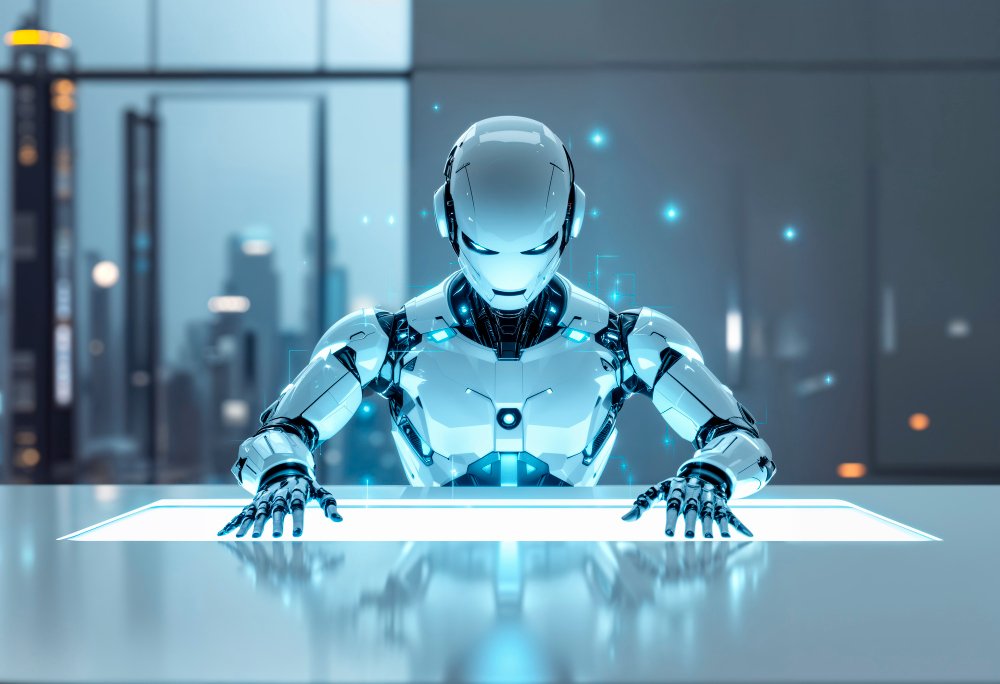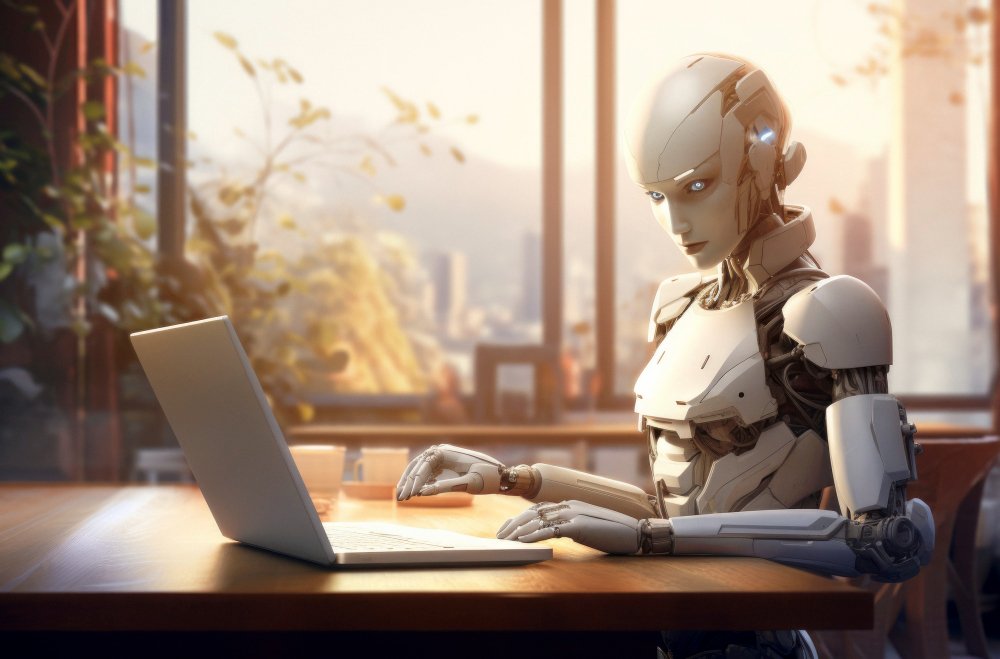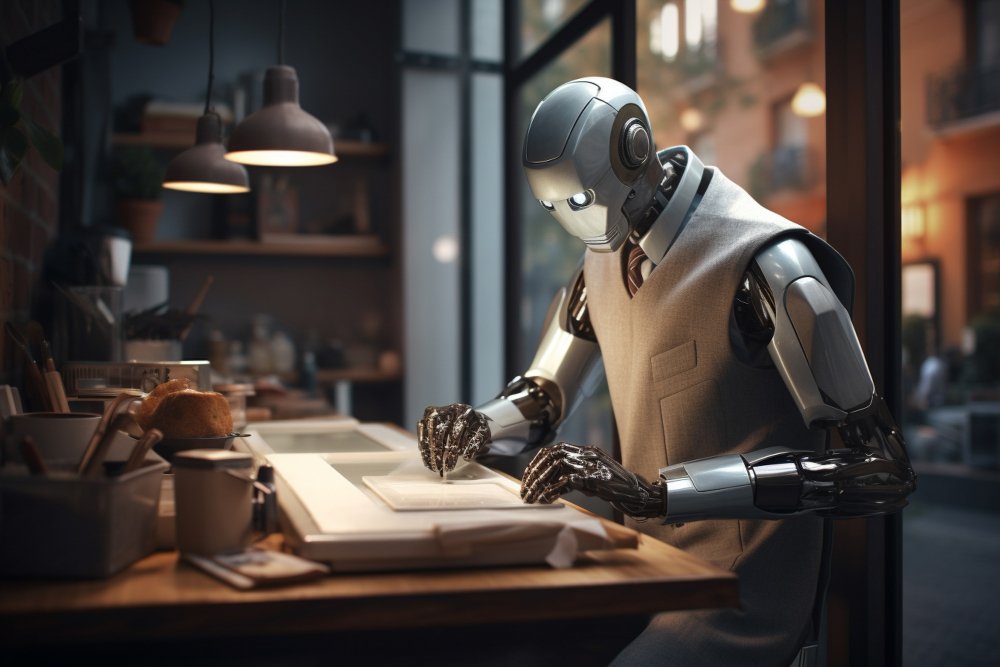If machine translation keeps getting better, will human editors eventually be replaced?
That question is at the heart of today’s localization landscape. As artificial intelligence and neural machine translation (NMT) continue to evolve at breakneck speed, it’s only natural to wonder if there will come a day when Machine Translation Post-Editing (MTPE) no longer requires a human touch.
But while MT is improving, the answer isn’t as simple as “yes” or “no”. The future of MTPE is shaping into something more nuanced, where the roles of technology and human editors evolve together, not cancel each other out.
Let’s explore what the future of MTPE might look like, what’s changing, and why human editors still matter.
The Rise of Smarter Machines
In recent years, machine translation engines have become far more accurate, context-aware, and fluent. Thanks to advances in AI, deep learning, and massive multilingual datasets, systems like Google Translate, DeepL, and custom MT engines can now produce surprisingly good translations in seconds.
These engines are getting better at understanding sentence structure, idiomatic expressions, and even some cultural nuances. Some translations are so close to human quality that they require only minor edits, especially for straightforward or technical content.
It’s easy to assume that with time, these engines will completely eliminate the need for human post-editors.
But here’s the catch.
Machines Still Lack Human Judgment
No matter how intelligent a machine gets, it still doesn’t understand language the way humans do.
It doesn’t grasp sarcasm, humor, tone shifts, or emotional nuance. It can’t read between the lines, adjust to changing cultural dynamics, or make judgment calls based on context that isn’t explicitly written in the source text.
For example, would a machine know when to tone down a direct message for a more polite audience? Could it localize a joke that only works in one culture and reframe it for another?
These are the kinds of decisions that define good localization, and they still rely heavily on human intuition.
In the future, MT may do 90% of the heavy lifting, but that final 10%, the human touch, is what makes the difference between functional and fantastic
The Human Role Is Evolving, Not Disappearing
So will human editors always be needed in MTPE?
Yes, but their role is evolving.
Instead of spending time fixing obvious grammar or syntax mistakes, post-editors are increasingly focused on:
- Fine-tuning for brand voice and tone
Making sure translations sound natural, persuasive, and on-brand - Cultural adaptation
Ensuring that content aligns with local expectations, humor, etiquette, and values - Quality assurance
Spotting subtle errors that MT might miss, especially in regulated or sensitive industries
In other words, the role of the human editor is shifting from basic correction to strategic refinement. They’re becoming quality guardians, cultural consultants, and brand advocates all in one.
Not All Content Is Equal
It’s also important to remember that not all content is created for the same purpose or audience.
- Technical manuals and help center articles might need only light post-editing if the MT is strong.
- Marketing campaigns, product storytelling, or social media posts require much deeper human involvement because tone and emotional resonance matter.
So while machines might be able to handle “informational” content with minimal help, anything that’s meant to persuade, delight, or build a connection will always benefit from human editing.
In the future, businesses will likely decide where to invest human effort based on content type, impact, and audience expectations.
Quality Will Still Define Success
At the end of the day, quality is what drives trust, engagement, and conversions in any global market.
Even as MT becomes more powerful, brands that cut corners and skip human post-editing may end up delivering content that feels robotic, confusing, or tone-deaf. That’s not just a bad user experience, it can damage your reputation.
Human editors play a key role in protecting brand integrity. And in high-stakes industries like healthcare, finance, and legal, even a small translation error can lead to serious consequences.
So while MT might someday be able to mimic tone or adapt phrasing, the assurance that comes from a trained human eye will continue to be essential for high-impact content.
What Does the Future Look Like?
Here’s what we’re likely to see in the coming years:
- Increased reliance on MT, supported by smarter tools
Editors will use AI-powered suggestions, style checkers, and glossaries to work faster and smarter. - More specialized post-editors
Professionals will focus on specific industries, languages, or brand styles, becoming experts at enhancing content rather than just correcting it. - Hybrid localization teams
Humans and machines will work side by side, with clear division of tasks based on content complexity and goals. - Greater focus on training MT engines
Brands may invest in custom MT engines trained on their own data, with human editors helping refine the output over time.
This future is not about replacement, it’s about collaboration.
Final Thoughts: MTPE Will Always Need the Human Touch
The future of MTPE is bright, and it’s changing fast. Machine translation will continue to grow smarter, faster, and more capable. But as long as businesses care about tone, context, and cultural relevance, human editors will remain essential.
Their role will shift from correcting machines to complementing them, from translators to curators of quality.
So will human editors always be needed?
Yes, but not in the same way.
They’ll be more valuable, not less.
Because no matter how advanced the technology gets, it still takes a human to understand another human.
 AW HOLDING
AW HOLDING
 Tel: +971 24912220
Tel: +971 24912220
 sales@awprotranslations.com
sales@awprotranslations.com




